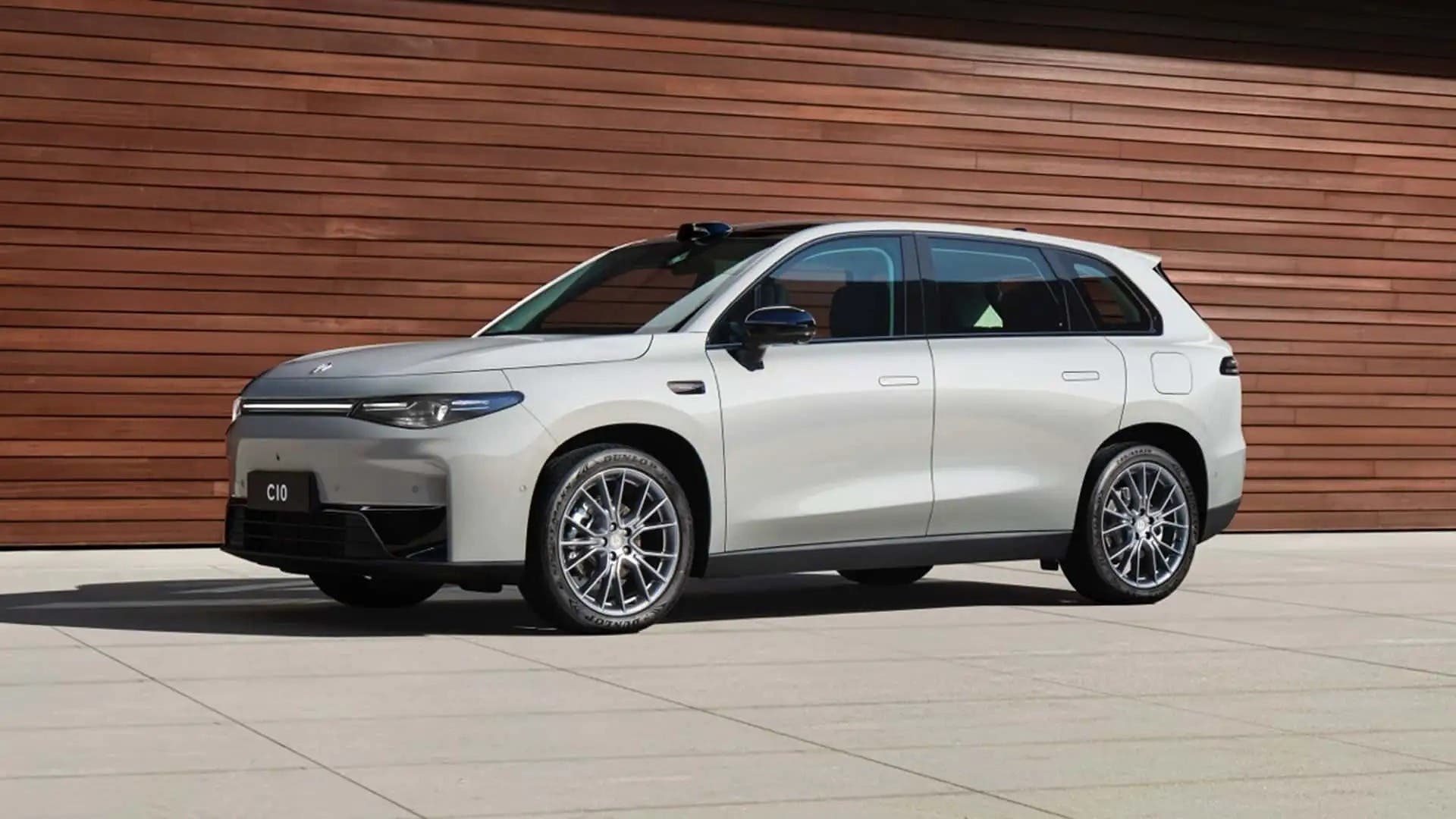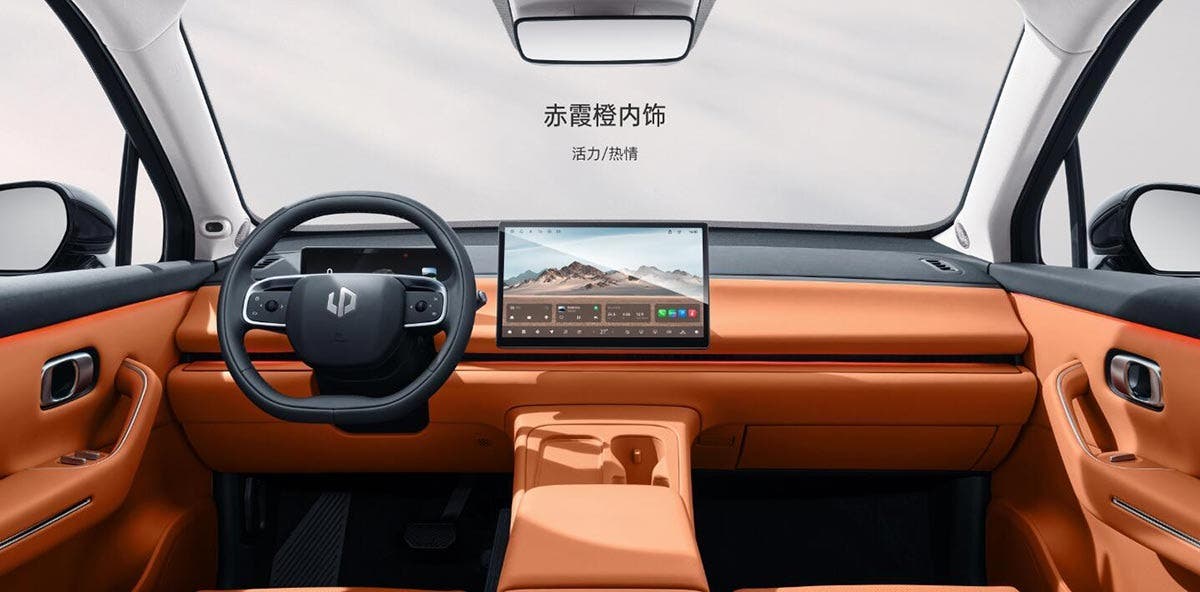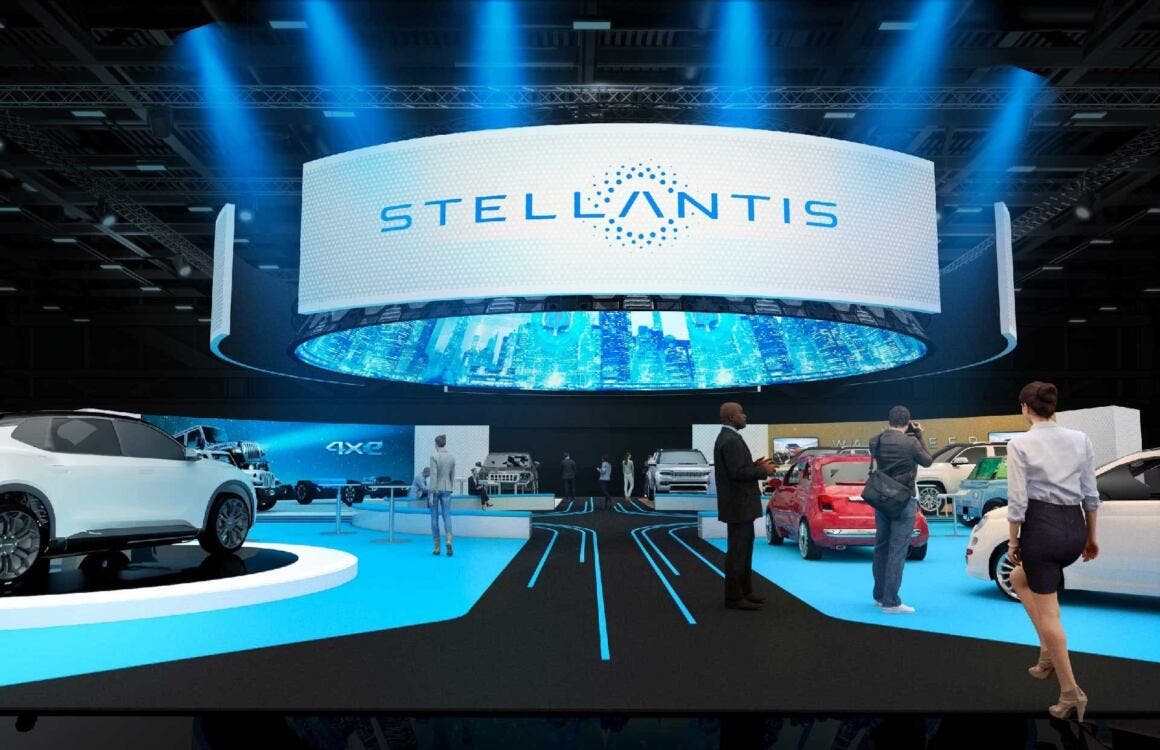The territory of Malaysia has been confirmed to be quite fertile for the development of electric vehicles. Stellantis, in fact, in close collaboration with Leapmotor has chosen that very area to launch the new electric SUV in the range, the C10. A strategic choice that allows the automotive group to move ever closer to its goal of electrification.
Features of the new C10 SUV
Stellantis has decided to continue with its expansion goals for the electric vehicle market, in this case bringing one of its latest innovations to Malaysia. It is the Leapmotor C10 electric SUV. This vehicle produced by the Chinese company that is highly specialized in this field. A very good step forward for Stellantis, which in this way can continue with its goal of electrification globally, expanding its market even in Southeast Asia. In addition, the business strategy is also in favor of the Malaysian territory, which also has rather ambitious goals to become a regional hub for EV production.

Turning now to the features of the Leapmotor C10, we can say that it is a mid-size SUv that comes equipped with a 69.9 kWh battery, which gives the car an estimated range of up to 420 km. Performance is also quite interesting, with the development of 218 hp of power and 320 Nm of torque. The decision to focus on this model with regard to the Malaysian market was by no means accidental. In fact, the country is investing heavily to develop a local supply chain just for the electric car industry. The goal? That of soon reaching a 20 percent share of vehicles that are electric or hybrid in total sales in the territory, by 2030.
Not just Malaysia for joint venture
The close cooperation between Leapmotor and Stellantis does not stop only in Malaysia. In fact, the joint venture, for which the automotive group holds 51 percent, has obtained all exclusive rights to manufacture, export and sell every Leapmotor vehicle outside China. One of the next targets in which Stellantis aims to grow could be India, with a vast market available in which to enter. Currently, however, India does not present easy conditions for Stellantis expansion, as the country has taken fairly cautious measures regarding the import of EVs that are manufactured in China. In fact, restrictions and incentives have been made available to residents that still favor manufacturing that takes place domestically.

So, to try to overcome these trade barriers, Stellantis and Leapmotor have decided to start production of electric vehicles at a Stellantis plant in Poland. This strategy allows the possibility of being able to legally circumvent the particularly high duties that have been imposed on many of the global markets, including also the European Union, Canada, and the United States, again with regard to the importation of electric vehicles of Chinese origin. European production also gives the possibility of being able to take advantage of the incentives and tax breaks provided in many countries to promote the adoption of low-emission electric vehicles.
